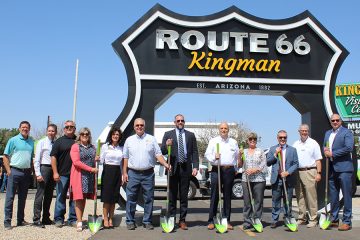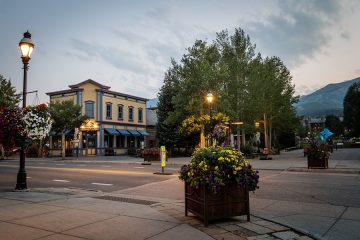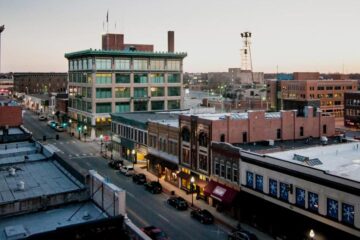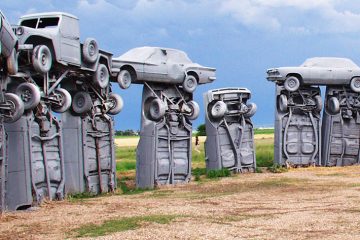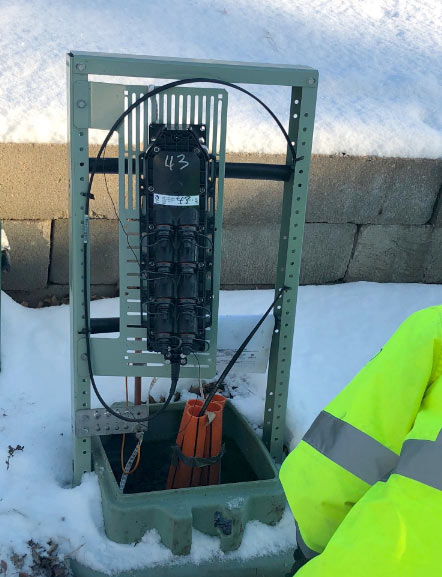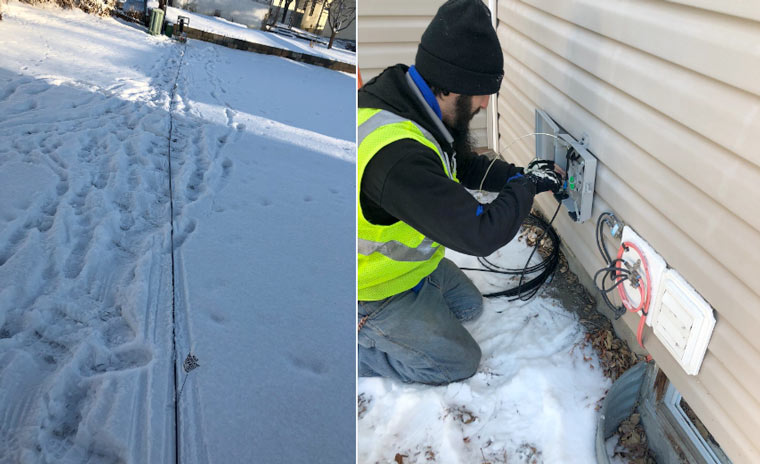As the temperatures continue to dip and winter weather rolls in, our teams are preparing to change the way we install ALLO service for the season. These chilly conditions mean our team must place a “temporary drop” for ALLO customers who install service in the winter and early spring months. Rather than burying the fiber optic line as we do in the spring and summer, a temporary line is placed above ground until temperatures rise and the ground finally thaws.
The drop team huddles up each morning for their daily briefing and an occasional photo op before heading out into all kinds of weather to bring fiber directly to your home or business.
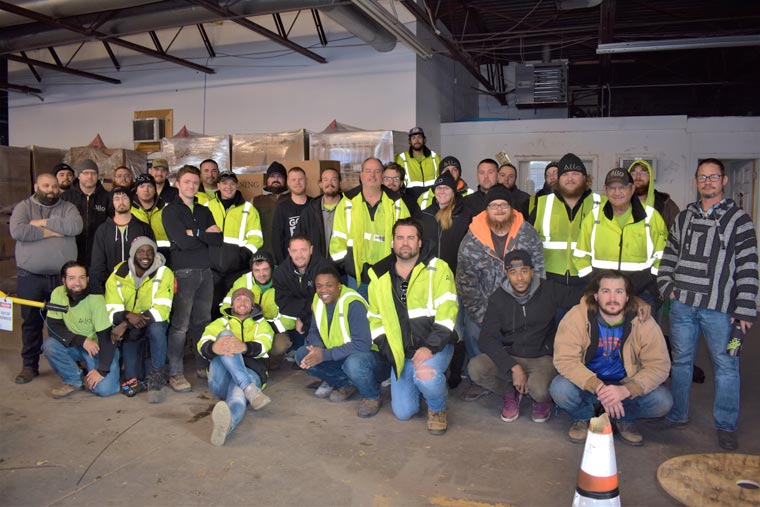
This is an up-close view of how the fiber connects to the pedestal via the Multi-port Service Terminal (MST). MSTs are essentially the optical taps where we plug in each customer’s fiber optic drop. An MST can have between two to 12 ports. Each port for each MST is assigned to a specific customer address.
Next, the fiber optic line is strung across the yard and connected to the box on the side of the house. A few days later, the customer is lit up with ALLO fiber service. If you’ve recently moved and know the residence has had ALLO service in the past, you’re in luck! The fiber is probably already buried and there’s no need for a temporary line at your new pad.
Understandably, many customers are anxious to get their temporary line buried when the seasons change. Like so many other ALLO construction efforts, the drop process is entirely dependent on weather. But don’t be fooled, it takes more than the first sunny day of spring for our teams to be able to dig and bury temporary fiber lines. Depending on the location and makeup of the soil, it can take several weeks of consistently warm (over 60 degrees) weather for the ground to fully thaw.
Once the weather cooperates, our team can loop in other utilities to mark their lines. We may also need to reach out to the city to request required permits. The timing of these necessary markings and permits vary by location. In the City of Lincoln, locates must be completed within three business days. If permits are required, this can delay the burial, sometimes up to several weeks.
We often get asked what our fiber fans can do to help move the burial process along more quickly. Unless you’ve got an in with Mother Nature or local permitting authorities, the best way to provide an assist to our team is to stay in contact. Let us know if your phone number or email address has changed so that you get the updates you need. Once you receive word that we’ll be in your yard, keep your gates unlocked or let us know the best way to access the burial area. Although it’s not required, it’s helpful if you mark sprinkler lines. Alerting us to private utilities like gas or electric lines, or even underground dog fences is also very helpful.
When the temperatures begin to rise, so do our support line call volumes. “When will my line be buried?” is our most frequently asked question. Based on the numerous uncontrollable factors that play into this process, it’s one of the few questions we can’t answer with specifics. Each year, it’s our goal to complete thousands of burials within six to eight weeks. Although unforeseen obstacles and delays are almost guaranteed, the ALLO team knows how to kick into gear and is usually able to meet the goal.
When we’re able to begin the process, we’ll reach out by phone and email and to alert you and explain the next steps. But feel free to reach out to our local team any time with questions or concerns. We’re social people here at ALLO and we’d love to talk with you. Hit us up through email ([email protected]), send us a message on social media, or call our local team at 866-481-2556.

